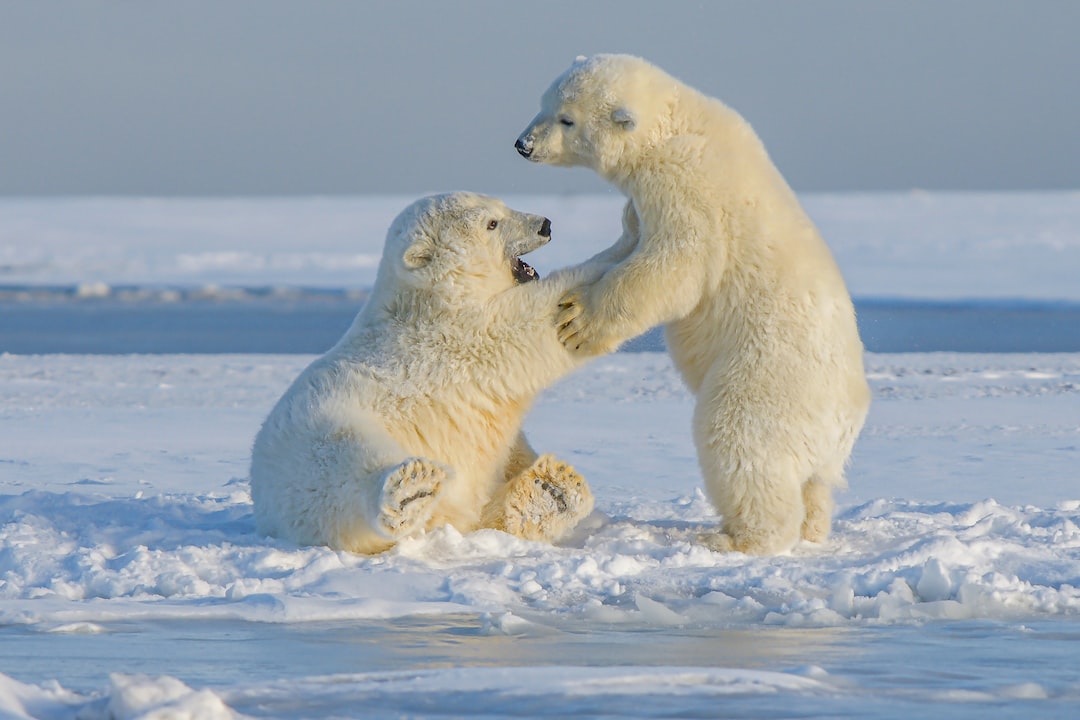Urbanization has been one of the driving forces of human civilization since time immemorial. As people moved from rural areas into cities, they brought with them their cultures, businesses, and industries, transforming natural landscapes into thriving urban centers. However, with the rapid rate of urbanization in recent years, concerns have arisen about the impact of these developments on wildlife populations.
The impact of urbanization on wildlife can be both direct and indirect. On the one hand, habitat destruction, fragmentation, and degradation are becoming increasingly prevalent as natural landscapes are converted into urban or suburban areas. This results in displacement, loss of habitat and food sources, and ultimately, declining populations of wild animals that struggle to survive in the human-dominated landscape.
Animals such as coyotes, deer, raccoons, squirrels, birds, and even bears are increasingly being spotted in urban and suburban areas. This may be due to habitat destruction or loss, but it could also be due to the many resources that urban areas offer. Food sources such as garbage bins, gardens, and pet food left outdoors are all readily available to wildlife that has adapted to living near humans. Also, urban parks and green spaces, although limited in size, can serve as valuable refuges for wildlife. These conservation areas provide critical habitats for native flora and fauna that might not otherwise be available.
However, urbanization has made it easier than ever for non-native species to enter and thrive within new environments. Non-native species can cause significant disruptions to local ecosystems and reduce biodiversity. The release of pets and aquarium fish, intentional releases by pet owners or bait fishers, and accidental introductions of alien species through trade routes are all sources of invasive species to urban environments.
The impacts of invasive species can be devastating when they enter an ecosystem with no natural predation. Often these species are ‘generalists’ with wide-range ecological requirements and can quickly outcompete native species for resources. For example, the Japanese knotweed plant, now widespread in urban areas of the UK, is a strong competitor, pushing out native flora and fauna, altering hydrology and soil ecology, and increasing erosion and sedimentation, impacting animals that inhabit those environments. Ground dwelling animals, such as lizards, snakes, and small mammals, all suffer when invasive plants are present, as they alter the habitat structure to such an extent that it no longer supports their presence.
In conclusion, there are severe ecological impacts associated with urbanization, which if left unchecked, could have detrimental effects on wildlife populations. However, it doesn’t have to be this way. By implementing responsible planning and conservation efforts in urban and suburban areas, we can create a safe and thriving environment for both humans and wildlife. This includes reducing the size of ecologically dead areas, preserving or restoring natural habitats within urban areas, promoting locally sourced vegetation, and reducing the amount and impact of invasive species. It is high time we take the necessary measures to safeguard our wildlife and promote coexistence in the ever-changing urban world.
